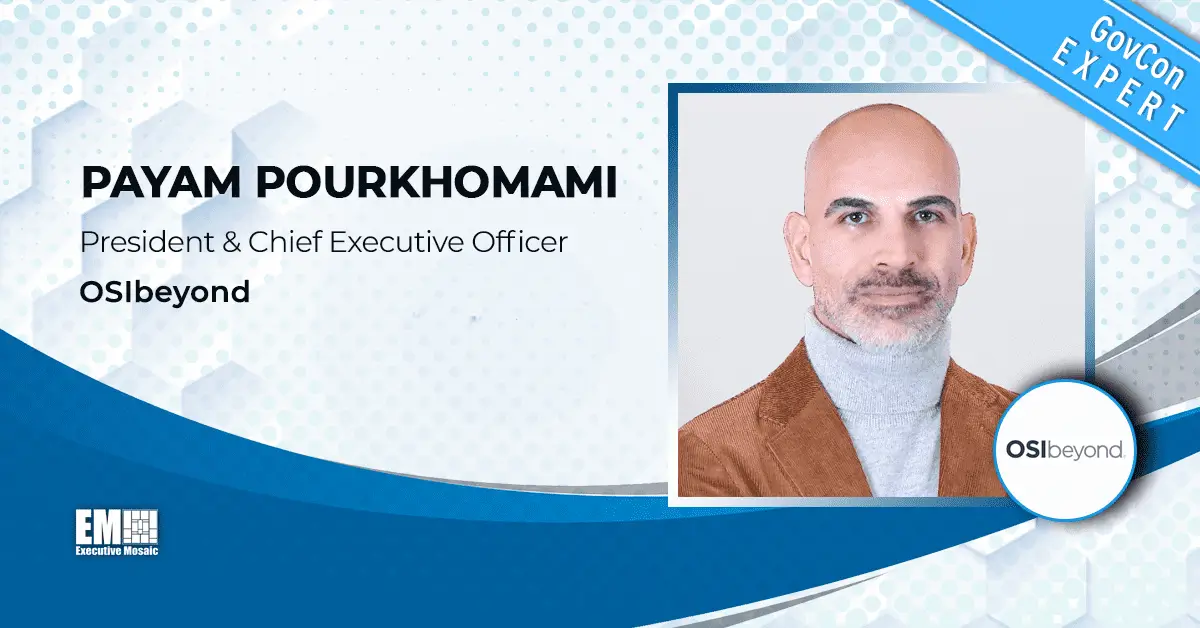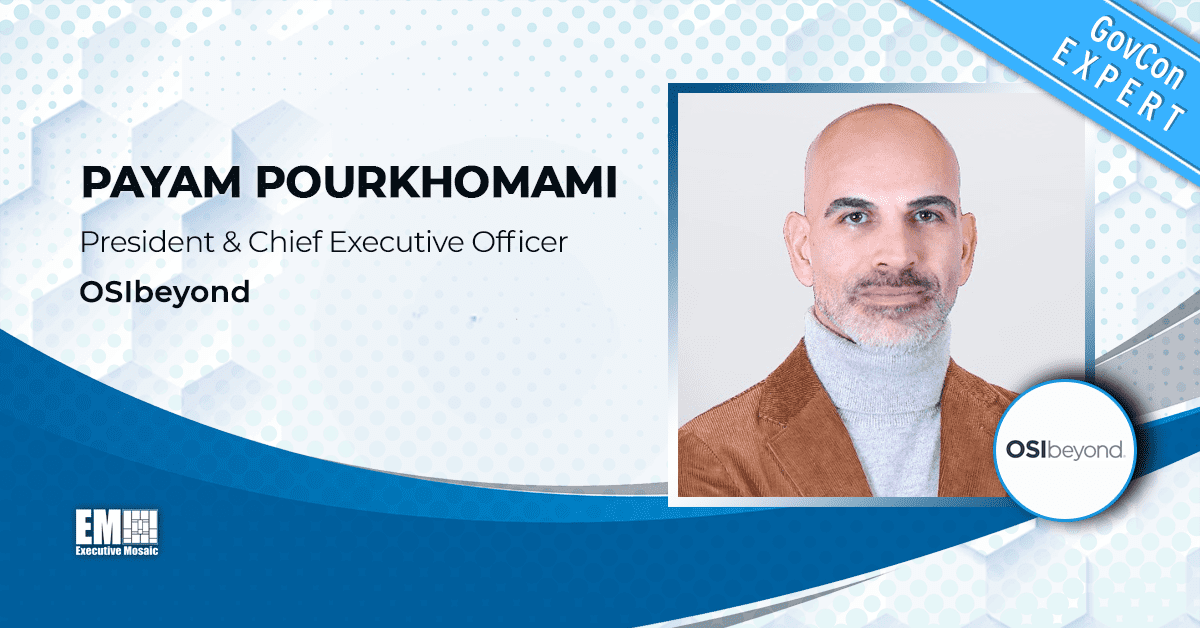By Cameron Chehreh, Vice President and General Manager of Public Sector at Intel
Computer chips are everywhere today, from the tiniest industrial sensors and medical devices to the most advanced smart buildings. Cars offer a good example: remove the silicon, and a modern car’s engine (or electric motor), suspension, steering, braking and virtually every other system would cease to function.
This phenomenon is known as ubiquitous compute. It’s one of five interconnected capabilities, also known as technology superpowers — along with pervasive connectivity, cloud-to-edge infrastructure, artificial intelligence and sensing — that combine to create the digital mission infrastructure that powers government and other organizations.
But as pervasive as technology already seems, agencies have only scratched the surface on how ubiquitous compute can help them optimize their missions. Innovative new technology, along with new mindsets on how to leverage that technology, will have a transformative effect on use cases across government.
New processors for a new era of compute
In January, Intel launched one of the most important products in its history: the 4th Gen Intel Xeon Scalable processor series. The new processors represent a major leap in speed, efficiency and capabilities.
These semiconductors have posted some serious performance statistics. For general-purpose compute, they provide more than a 50 percent average performance gain in real-world workloads. For AI, they enable up to 10 times higher performance for inference and training.
They also offer the most built-in accelerators of any CPU for workloads such as AI, analytics, cybersecurity, networking, data storage and high-performance computing. These accelerators enable a nearly three times performance per watt efficiency improvement. In other words, they require far less power to operate, contributing to deliver a more sustainable and cost-effective final product.
But here’s a fact more significant than the numbers: the new processor is a system-on-a-chip design. Conventional chips need to be combined in an integrated circuit to manage communication among CPU, memory, data storage and so on. A SoC, in contrast, efficiently integrates these components, plus software, into a single piece of silicon.
The outcome is not only higher performance and lower power consumption. The result is also greater reliability and smaller space requirements. That will enable more use cases in more places — especially at the extreme edge. For government and the military, it’s not just a next-gen processor. Rather, it’s a next-gen compute paradigm.
Ubiquitous compute for government missions
SoC addresses the fundamental challenges of edge computing: size, weight, power and cost, known in the industry as SWaP-C. Make an edge device small, light, efficient and cheap enough, and you can use it almost anywhere.
Here are just a few real-world examples of how SoC-enabled ubiquitous compute can transform government missions:
- Military aircraft depend on a broad range of onboard computers and sensors. With SoC, onboard devices are lighter and more efficient, meaning that planes can fly longer.
- Healthcare professionals will benefit from accelerated AI. Hospital physicians could do their rounds equipped with a SoC-enabled mobile device, providing secure access to all the data they need to make AI-assisted treatment decisions in real time. The result would be more cost-effective healthcare delivery and better patient outcomes.
- Customs organizations can leverage SoC-equipped RFID tags to evaluate vessels and cargo before ships enter ports. Initial processing could be handled in the port or even at remote sites, reducing risk and speeding port operations.
Agency steps toward ubiquitous compute
Technology like SoC-based 4th Gen Intel Xeon Scalable processors is only part of what will drive government use cases. To fully benefit from ubiquitous compute — and indeed, all five aspects of digital mission infrastructure — government also needs a shift in mindset in two areas.
First, policymakers and agency procurement leaders will have to rethink how they approach digital mission infrastructure. Today, policy and funding typically address mission programs (things like military aircraft or service delivery) separate from information and communication technology. The unintended consequence is that ICT gets viewed as overhead and is often the first item sacrificed when budgets get tight. Instead, decision-makers must recognize that digital mission infrastructure has become fundamental to mission strategy, and should be funded and procured accordingly.
Second, agencies need to realize they can no longer expect to attract and retain the technical workforce they need to capitalize on digital mission infrastructure. The technology moves too quickly and the private sector offers too many incentives for government to remain a destination for the talent required. Instead, agencies must embrace public-private partnerships and tap into private sector expertise to build out their digital mission infrastructure capabilities.
While compute is already ubiquitous, the possibilities are still tremendous for government to benefit from digital mission infrastructure. New technologies like SoC, along with new mindsets, will have a transformative effect on agency missions and the people they serve.






